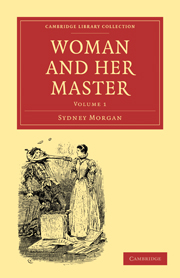Summary
Towards the commencement of the sixteenth century, the accidents of civilization awakened throughout Europe an universal zeal for maritime discovery. A geographical theory took possession of the public mind, that there stood out, at the southern pole of the earth, some great continent, (named, before it was discovered, Terra Australis incognita), which, from its mighty extent, deserved to be considered as a fifth division of the globe.
Of this continent much was assumed before any thing was proved. Its latitudes were assigned, its importance predetermined; and some visionary voyagers even believed that they had coasted a part of its shores. In later times, navigators ascertained that no such continent existed: but, in the vain pursuit, numerous islands were discovered in the mighty ocean of the southern hemisphere, whose aggregate extent was scarcely inferior; and science and research, in replacing the dream of idle speculation by observed fact, in some sense confirmed its conjectures. These islands have received from modern geographers the name of Australasia.
The climes and local aspects of this island-continent were infinitely diversified; but all was new, all was original. There was, however, one division which seemed wanting in the foregone conclusions, drawn, of the general beauty and brightness of nature, in that region,— a spot where vegetation was dark and dull, and where animal life bore scarce any resemblance to the types of the other quarters of the globe.
- Type
- Chapter
- Information
- Woman and her Master , pp. 19 - 33Publisher: Cambridge University PressPrint publication year: 2010First published in: 1840
- 2
- Cited by

